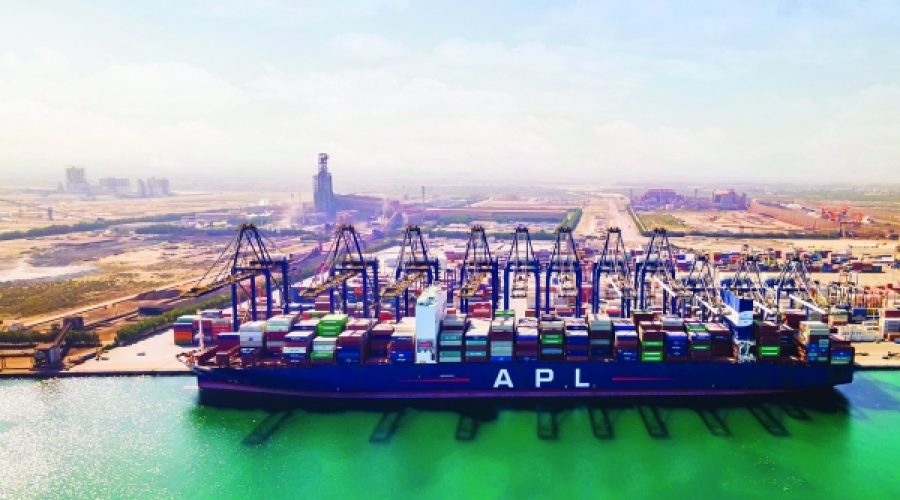Oman’s Trade Surplus Reaches RO 3.9 Billion: Implications for Investors and Entrepreneurs in the Sultanate
MUSCAT: By the end of August 2025, the Sultanate of Oman recorded a trade surplus of RO 3.93 billion, reflecting a decrease of 36.1% from RO 6.145 billion during the same period in 2024, according to preliminary data from the National Centre for Statistics and Information (NCSI).
This decline was primarily attributed to a significant drop in oil and gas exports, which fell by 16.8% to RO 9.775 billion, compared to RO 11.753 billion in the previous year. Overall, merchandise exports totaled RO 15.318 billion, marking a decrease of 9.5% from RO 16.926 billion recorded a year earlier.
Despite the downturn in hydrocarbon revenues, non-oil exports demonstrated robust growth, rising by 9.4% to RO 4.421 billion, up from RO 4.042 billion in August 2024. This growth highlights ongoing efforts to diversify Oman’s export base and enhance the industrial and manufacturing sectors.
In contrast, re-exports saw a slight decline of 0.8%, totaling RO 1.122 billion, compared to RO 1.131 billion in the previous year. Furthermore, merchandise imports into Oman increased by 5.6%, reaching RO 11.389 billion, up from RO 10.780 billion in the same period of 2024, indicating rising domestic demand and capital goods inflows.
The United Arab Emirates (UAE) maintained its status as Oman’s leading trade partner, with exports to the UAE surging 28.8% to RO 821 million and re-exports amounting to RO 433 million. The UAE also ranked as the top source of imports, supplying goods worth RO 2.733 billion to Oman.
In terms of non-oil exports, Saudi Arabia ranked second with RO 784 million, followed by India at RO 436 million. For re-exports, Iran came second at RO 202 million, followed by Saudi Arabia with RO 98 million.
China was the second-largest exporter to Oman, with imports valued at RO 1.166 billion, closely followed by Kuwait at RO 1.042 billion. — ONA
Special Analysis by Omanet | Navigate Oman’s Market
Oman’s trade surplus has declined significantly due to a sharp drop in hydrocarbon exports, highlighting vulnerabilities in the oil-dependent economy. However, the strong performance of non-oil exports offers promising opportunities for diversification and growth in manufacturing sectors. Smart investors and entrepreneurs should pivot towards non-oil sectors, leveraging this shift to capitalize on Oman’s movement toward a more resilient economic framework.



